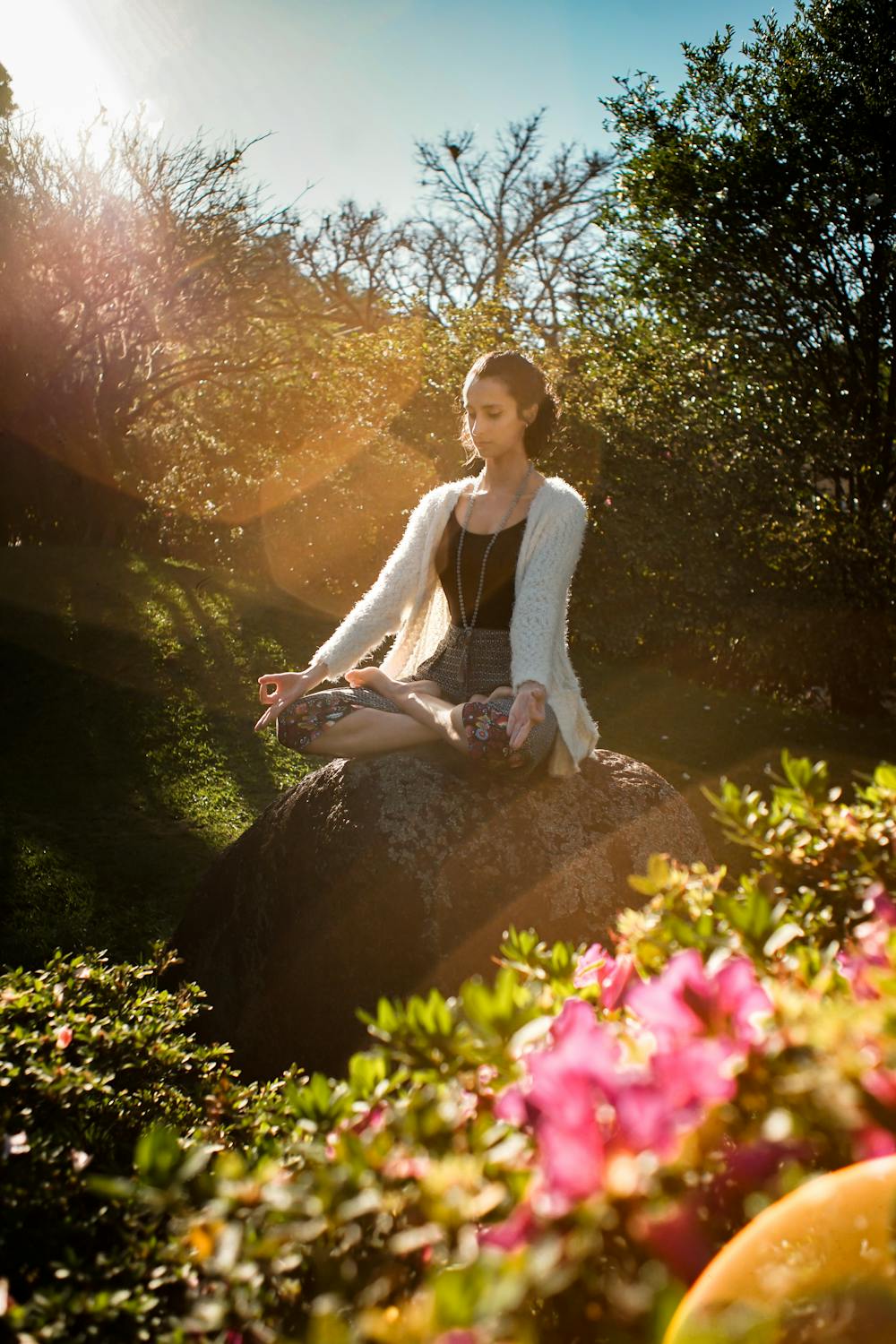My relationship with anxiety was exhausting. Racing thoughts dominated my mornings, turning simple decisions like choosing breakfast into overwhelming dilemmas. Sleep offered little respite since I’d wake up mentally spiraling about the day ahead. Medication helped but came with side effects that left me feeling disconnected from myself.
Meditation seemed too simple, too trendy, too… easy. How could sitting still possibly address the complex knot of worry that had taken residence in my chest? Desperation finally motivated me to try, and that first awkward five-minute session began a transformation I never expected.
Starting Small, Feeling Skeptical
My initial attempts were disasters. Sitting in silence amplified every anxious thought rather than quieting them. My mind raced faster, cataloging everything I should be doing instead of “wasting time” on meditation. I nearly quit after the first week.
The breakthrough came when I stopped trying to empty my mind and started simply observing it. Instead of fighting anxious thoughts, I watched them like clouds passing through the sky. This shift from resistance to observation changed everything.
I started with guided meditations, using apps that provided structure and gentle instruction. Having someone’s voice to follow prevented my mind from completely spiraling. Five minutes felt manageable, even on the most chaotic mornings.
Consistency mattered more than duration. Setting my alarm ten minutes earlier ensured meditation happened before life’s demands took over. This small morning ritual created a foundation of calm that influenced the entire day.
The Gradual Shift
Changes arrived subtly at first. The constant background hum of worry began fading to a whisper. Situations that previously triggered immediate panic responses now allowed for a pause, a breath, a moment of consideration before reacting.
Sleep improved dramatically. The racing thoughts that kept me awake began settling naturally. Instead of reviewing every potential disaster for tomorrow, my mind learned to release the day and rest. Mornings felt lighter, less burdened by overnight anxiety accumulation.
Decision-making became easier. The paralysis that once accompanied simple choices dissolved as I learned to trust my intuition rather than overthinking every possibility. Meditation taught me to distinguish between helpful planning and destructive rumination.
Physical symptoms lessened too. The tight chest, shallow breathing, and tense shoulders that had become my normal state began relaxing. I hadn’t realized how much physical discomfort my anxiety was causing until it started disappearing.
Understanding the Science
Research validates what I experienced personally. Meditation literally rewires the brain, strengthening areas associated with emotional regulation while reducing activity in regions linked to anxiety and fear responses. This isn’t just relaxation—it’s neuroplasticity in action.
The practice activates the parasympathetic nervous system, counteracting anxiety’s fight-or-flight response. Regular meditation builds resilience, creating space between triggers and reactions. This gap allows for choice rather than automatic anxiety responses.
Mindfulness developed through meditation carries into daily life. Anxious spirals become noticeable earlier, often before they gain momentum. This awareness creates opportunities for intervention that didn’t exist when anxiety operated unconsciously.
The breath work component proved particularly powerful. Learning to control breathing during meditation provided an anchor during anxious moments throughout the day. Deep, intentional breathing became an instant anxiety management tool.
Building a Sustainable Practice
Morning timing was crucial. Meditating first thing prevented procrastination and established a calm foundation before stress accumulated. Even five minutes created noticeable benefits, making the practice feel achievable rather than burdensome.
I experimented with different styles: breath focus, body scans, loving-kindness meditation, and walking meditation. Variety prevented boredom and addressed different aspects of anxiety. Some days required gentle, nurturing practices while others called for more focused concentration exercises.
Creating a dedicated space helped establish the ritual. A simple corner with a cushion and candle signaled to my brain that this time was sacred, separate from daily chaos. The physical cue supported mental transition into meditation mode.
Patience with the process was essential. Some sessions felt transformative while others felt pointless. Progress wasn’t linear, but consistency over perfection proved more valuable than perfect sessions.
Life Beyond Anxiety
Today, anxiety no longer runs my life. It occasionally visits but doesn’t overstay its welcome. Meditation gave me tools to acknowledge worry without being consumed by it, to feel fear without being paralyzed by it.
Relationships improved as I became less reactive and more present. Work stress became manageable rather than overwhelming. Sleep became restorative instead of fitful. Life opened up in ways I’d forgotten were possible.
The irony is beautiful: dedicating time to doing “nothing” gave me everything back. Ten minutes of morning silence created hours of daily peace. This simple practice didn’t just cure my anxiety—it introduced me to a calmer, more resilient version of myself I’d never known existed.
Meditation isn’t magic, but its effects can feel miraculous when you’ve lived with chronic anxiety. It proved that healing doesn’t always require complex solutions—sometimes the most profound changes come from the simplest practices, consistently applied with patience and self-compassion.










